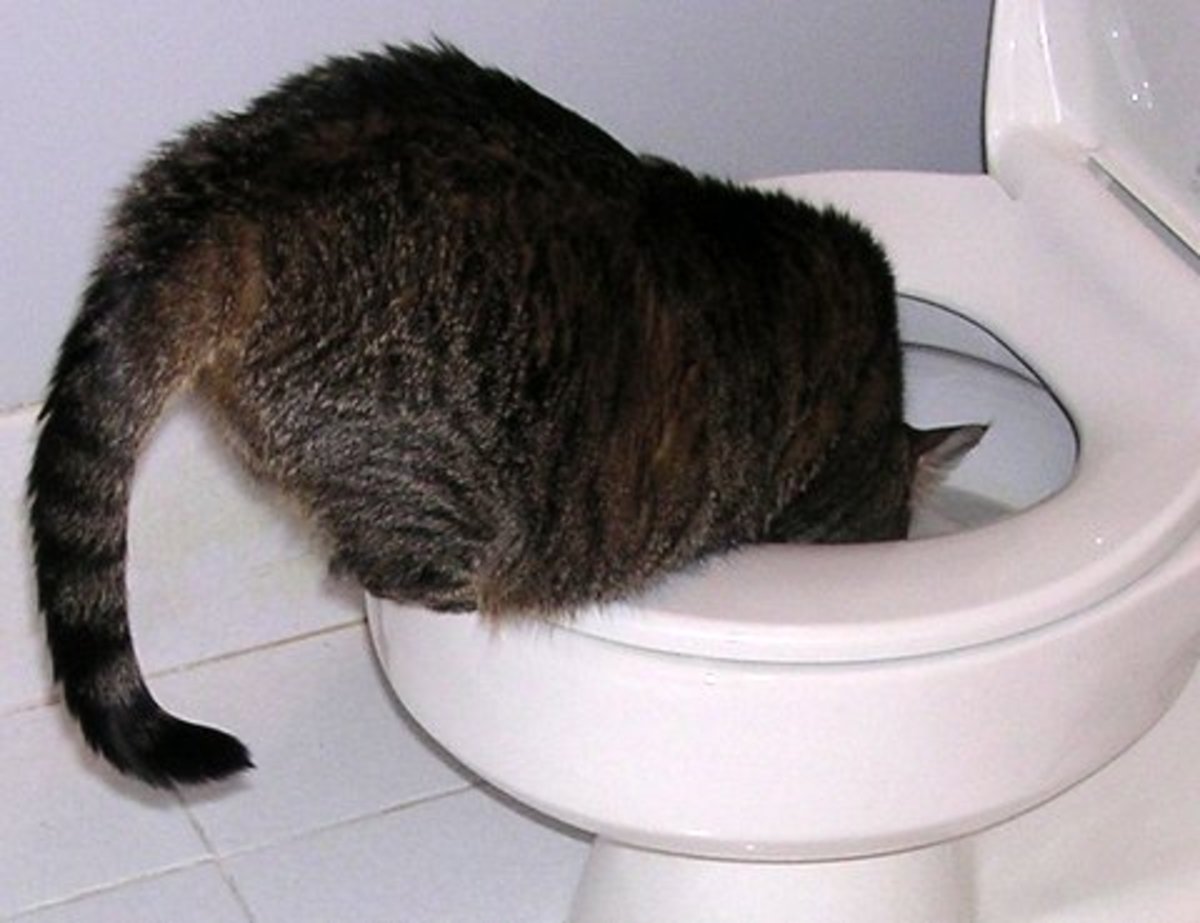Potential Risks of Flushing Cat Poop Down Your Toilet - Tips for Better Disposal
Potential Risks of Flushing Cat Poop Down Your Toilet - Tips for Better Disposal
Blog Article
Are you currently in search of tips on How to Dispose of Cat Poop and Litter Without Plastic Bags?

Intro
As pet cat proprietors, it's necessary to be mindful of just how we take care of our feline pals' waste. While it might seem convenient to flush pet cat poop down the commode, this practice can have damaging repercussions for both the setting and human health and wellness.
Ecological Impact
Flushing pet cat poop introduces harmful pathogens and bloodsuckers into the supply of water, presenting a substantial danger to water environments. These pollutants can adversely impact marine life and compromise water quality.
Health and wellness Risks
In addition to ecological concerns, purging cat waste can also present wellness threats to humans. Pet cat feces may contain Toxoplasma gondii, a parasite that can create toxoplasmosis-- a possibly extreme ailment, especially for expectant women and people with weakened immune systems.
Alternatives to Flushing
The good news is, there are safer and a lot more accountable methods to dispose of feline poop. Think about the following options:
1. Scoop and Dispose in Trash
One of the most usual approach of taking care of pet cat poop is to scoop it into a biodegradable bag and toss it in the garbage. Make sure to use a specialized litter inside story and throw away the waste quickly.
2. Usage Biodegradable Litter
Choose biodegradable feline clutter made from products such as corn or wheat. These trashes are eco-friendly and can be safely taken care of in the garbage.
3. Hide in the Yard
If you have a backyard, consider burying pet cat waste in a marked location far from vegetable yards and water resources. Be sure to dig deep adequate to avoid contamination of groundwater.
4. Install a Pet Waste Disposal System
Buy a pet garbage disposal system specifically developed for feline waste. These systems make use of enzymes to break down the waste, decreasing odor and ecological effect.
Conclusion
Accountable family pet possession extends beyond offering food and shelter-- it additionally entails proper waste administration. By avoiding purging pet cat poop down the commode and opting for alternative disposal techniques, we can reduce our environmental footprint and shield human health.
Why You Should NEVER Flush Cat Poop (and/or Litter) Down Your Toilet
The Problem with Litter
The main function of litter is to solidify and adhere to your cat’s waste. While this makes litter excellent for collecting cat poop and urine, it’s also the exact property that makes it a nightmare when flushed down the toilet.
Cat litter can and will clog pipes. There is non-clumping litter, but it’s still quite heavy and can build up in pipes. This is true even of supposed “flushable litter.”
The problems only compound when the litter is already clumped into cat waste. Toilet paper is among the more flushable things, and even too much of that will clog a toilet.
The Problem with Cat Poop
Sewers and septic systems are designed with human waste in mind. The microbes that help break down human waste don’t work on cat waste. Additionally, cat poop plays host to the parasite Toxoplasma gondii.
When flushed, this parasite can enter the environment in places it was never meant to, posing a risk to pregnant women, their unborn children, and other people with compromised immune systems. While it might not seem possible, flushing cat poop can indeed introduce this parasite to the public water supply.
These reasons are why, even if you’ve trained your cat to go on the toilet and flush, which is possible, it’s still not a good idea. Also, pregnant women and the immunocompromised shouldn’t change litter, either.
How to Handle Litter
The best way to handle litter is to simply put it in a plastic bag and place it in the trash. Avoiding environmental risks and possible plumbing damage is worth the extra effort.
You can also invest in devices that seal away your cat’s waste in a separate compartment, so you don’t have to change the litter nearly as often. They’re also safer for pet owners because they limit the possibility of Toxoplasma gondii exposure.
Disposing of litter the old-fashioned way will ensure you won’t have to worry about any issues that flushing the waste can potentially cause.
Take Care of Clogged Pipes with Stephens Plumbing, Heating & Air Conditioning
The reasons you should never flush cat poop down your toilet are numerous, but sometimes the inevitable happens despite your best efforts.
Stephens Plumbing, Heating & Air Conditioning is ready to help if you’re experiencing litter-blocked plumbing. Whether you need us in an emergency or want to schedule regular maintenance, we’re here for you.
https://www.stephensplumbing.net/bathroom-plumbing/never-flush-cat-poop-down-your-toilet/
As a fervent reader on How to Dispose of Cat Poop and Litter Without Plastic Bags, I think sharing that blog post was beneficial. Are you aware of anybody else who is inquisitive about the niche? Please feel free to share it. I am grateful for your time. Please come by our website back soon.
Call Today Report this page